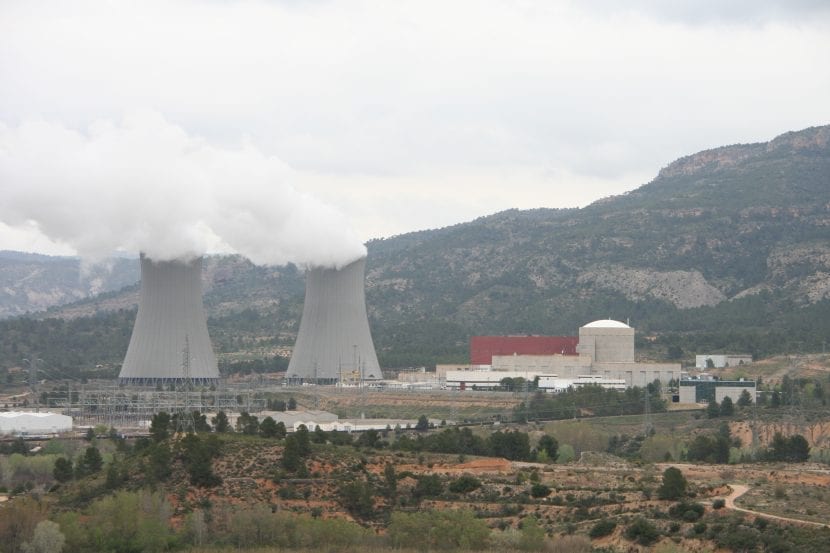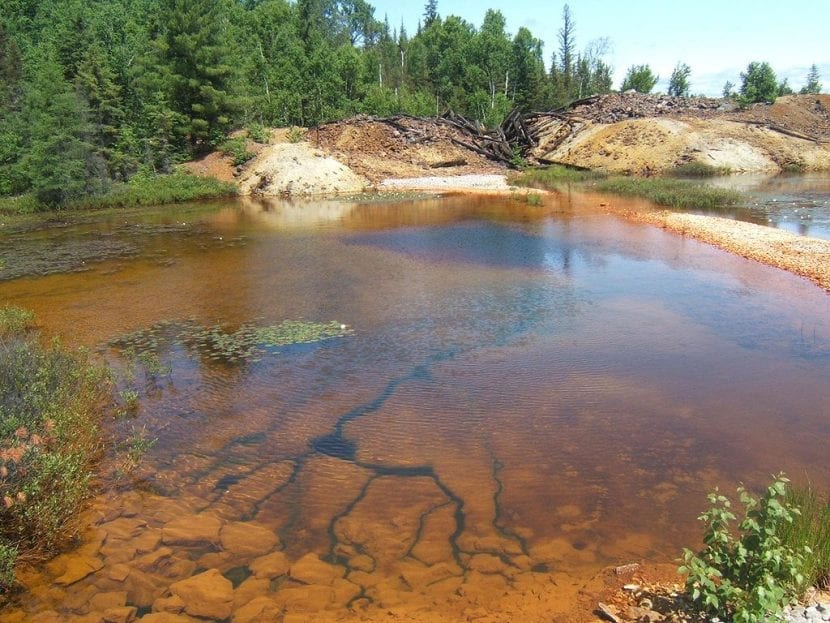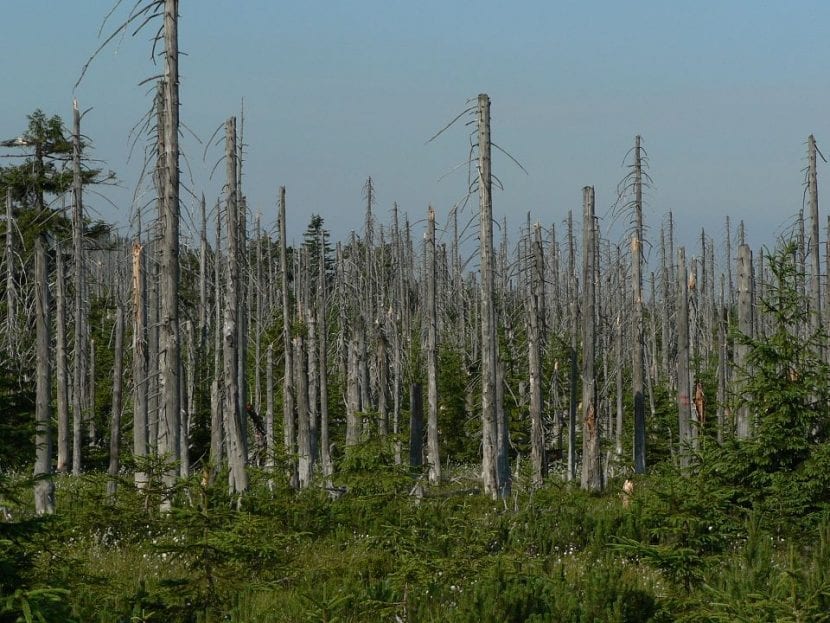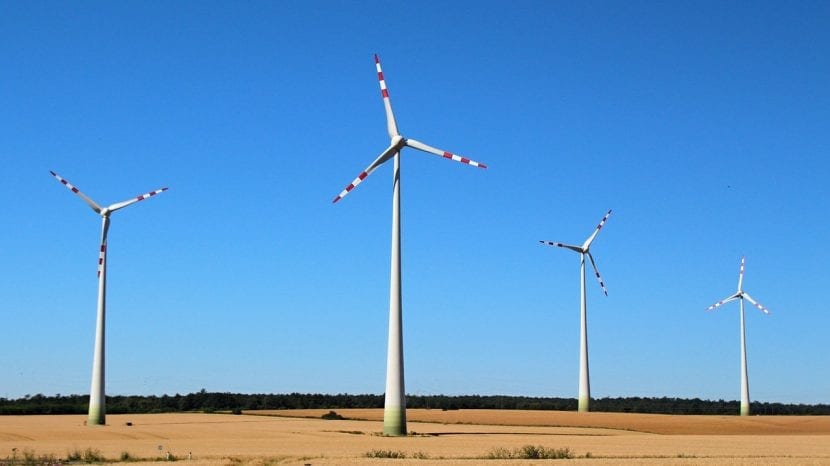
For some years now, people have started talking about a very peculiar type of rain. Unlike the rain that we all know, which is what makes the river currents continue their course and fills the water reserves that we later consume, there is another type that causes significant damage to the environment: acid rain.
This phenomenon, although it comes from heaven, originates "thanks" to the pollution here, in the biosphere. Nuclear power plants, automobiles and pesticides are just some of the reasons why the Earth as a whole is losing its natural balance.
What is acid rain?

It is one of the consequences of pollution, specifically the air. When burning a fuel, regardless of what it is, the chemicals from it are released into the atmosphere as gray particles that can be easily seen. But not only these are released, Also invisible gases very harmful to life, such as nitrogen oxide, sulfur dioxide and sulfur trioxide.
These gases, when they interact with rainwater, form nitric acid, sulfurous acid and sulfuric acid that, accompanied by rainfall, fall to the ground.
How do you determine the acidity of a liquid?

For this purpose what is done is find out your pH, which indicates the concentration of hydrogen ions. It ranges from 0 to 14, with 0 being the most acidic and 14 being the most alkaline. It can be measured very easily, because today we have digital pH meters and pH strips for sale in pharmacies. Let's know how to use them:
- Digital pH meter or pH meter: we will fill a glass with water and introduce the meter. Instantly it will indicate its acidity level in figures. The lower the value, the more acidic that liquid will be.
- Adhesive pH strips: these strips react quickly when they come into contact with water. Therefore, if we add a drop to them, we will see how they change color, turning greenish, yellow or orange. Depending on the color it acquires, it will mean that the liquid is acidic, neutral or alkaline.
Rain is always slightly acidic, that is, its pH is between 5 and 6, since it mixes with oxides naturally in the air. The problem arises when that air is very polluted: then the pH drops to 3.
To give us an idea of how acidic the rain can be, it will be enough for us to take -or try- the liquid of a freshly cut lemon. The pH of this citrus is 2.3. It is so low that it is often used to acidify, that is, lower the pH, of alkaline waters.
What are the consequences of acid rain?
In rivers, lakes, oceans

If we talk about the consequences, these are many and very negative for many living beings. As we pollute, the water in rivers, lakes and oceans becomes acidic, endangering animals as important to humans as shrimp, snails or mussels. These, being deprived of calcium, become weaker "shells" or "dens". But this is not all: roe and fingerlings are more likely to be deformed, and even not hatch.
In the soil and on the plants

Another major problem it causes is soil acidification. While it is true that many plants grow in acidic soils, like most of those that come from Asia, there are others that will have more difficulties to adapt, such as the carob or almond, two trees in the region. Mediterranean that can only grow in limestone soil. Acid rain will prevent your roots from having essential nutrients available, especially calcium. Further, metals will infiltrate that will modify the composition of the soil (manganese, mercury, lead, cadmium).
Vegetation will be one of the most affected. And, therefore, we too, because we not only depend on them to breathe, but also to be able to feed ourselves.
In the historical places and sculptures

Acid rain will significantly affect those constructions and historical sculptures that humans made with limestone in their day and that have reached the XNUMXst century. An example would be the pyramids of Egypt. Why? The explanation is simple: once acidic water comes into contact with the stone, it reacts and turns into plaster, which dissolves easily.
Can anything be done to avoid it?

Sure. The solution is to stop polluting, but that for now would be impossible considering that we are 7 billion people who inhabit the planet. Therefore, it is more feasible to look for other sources of energy; opt for renewables which are much cleaner than fossil fuels.
Other things that could be done are:
- Use less the car and more public transport.
- Save energy.
- Bet on electric cars.
- Create environmental awareness campaigns.
- Develop projects that serve to reduce pollution.
As you can see, acid rain is a very serious problem that significantly affects not only plants or animals, but also the entire planet Earth.
I liked the information, it was very useful, just what I wanted to know
I'm glad it served you, Franco. A greeting.